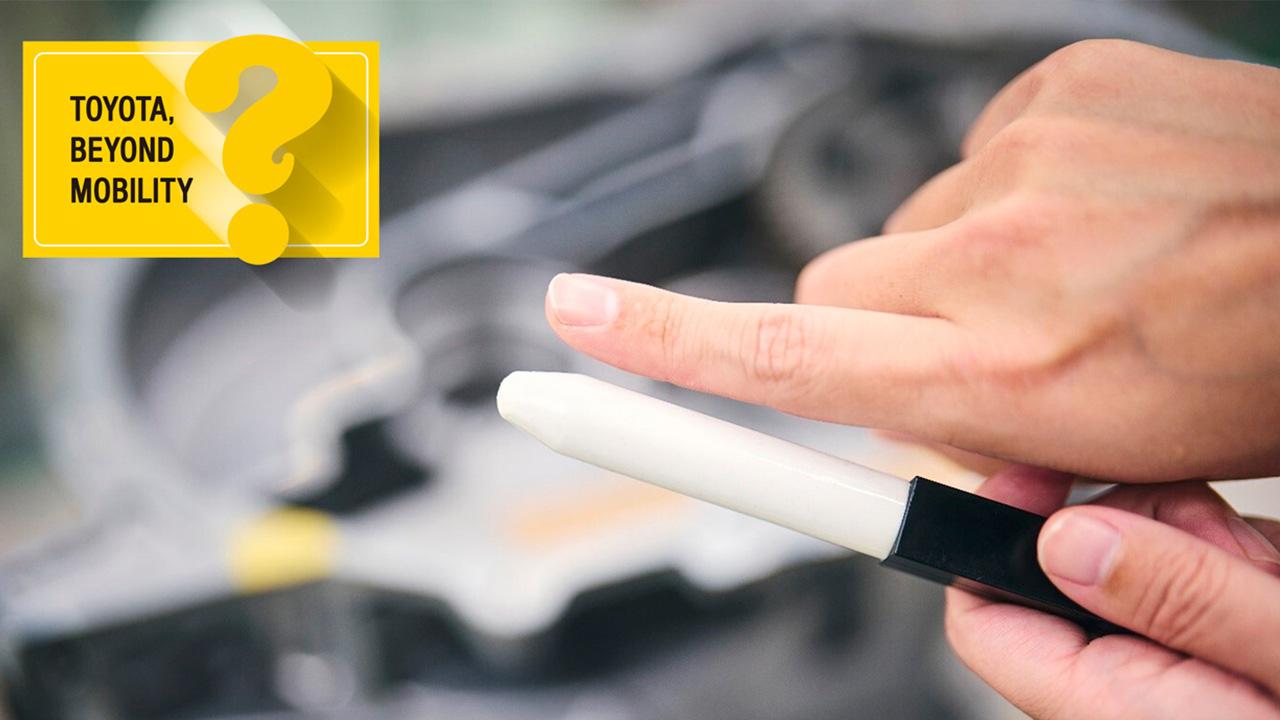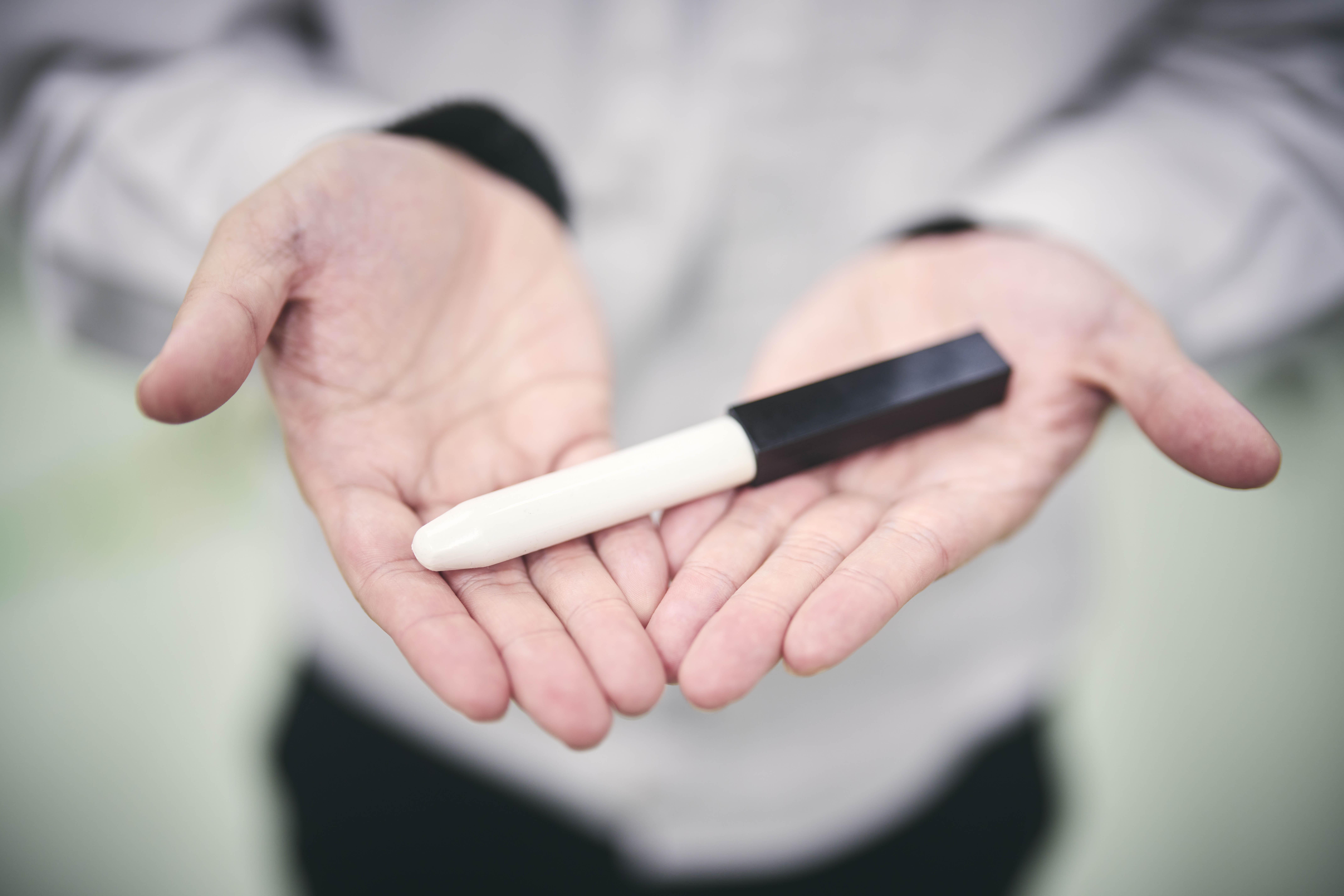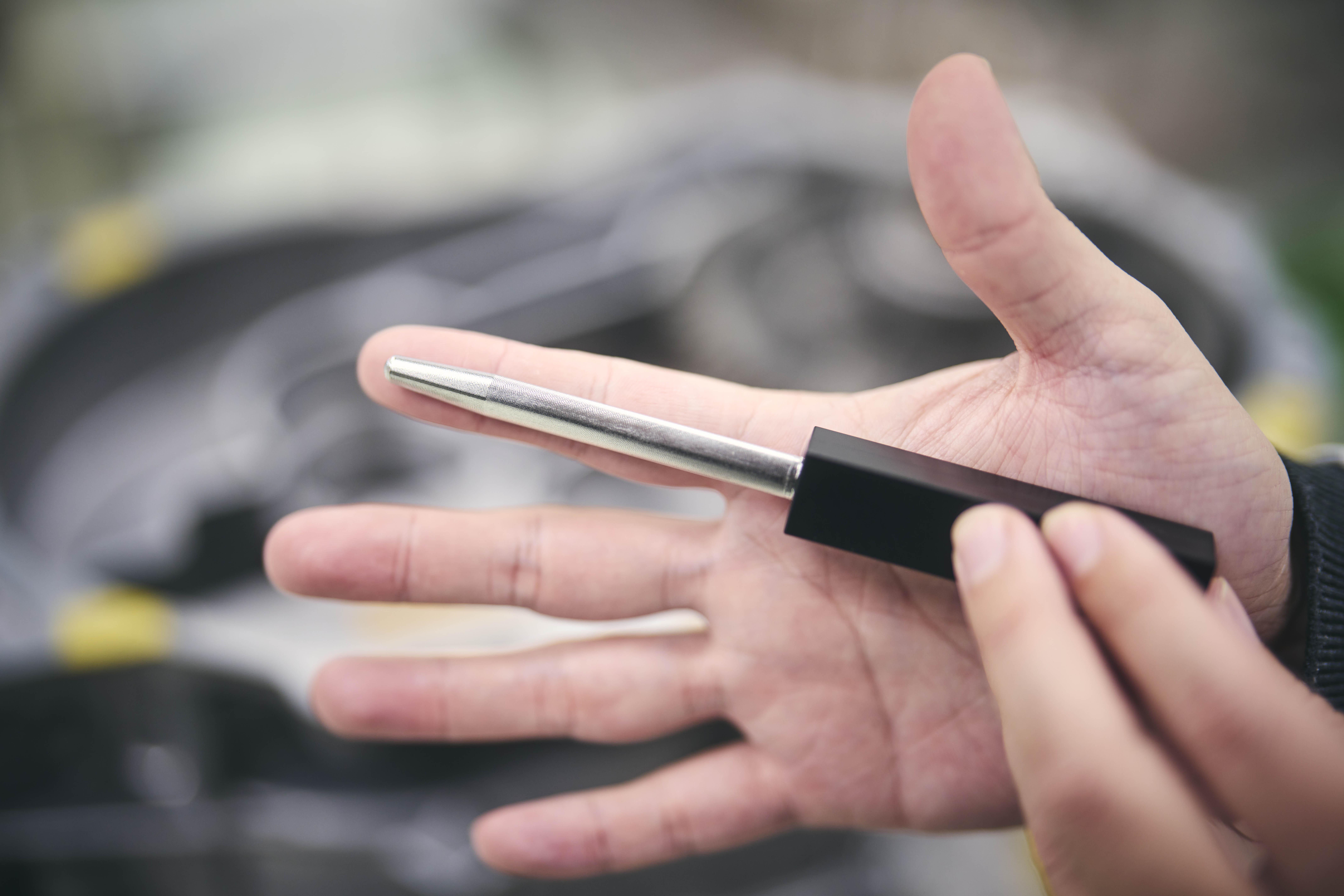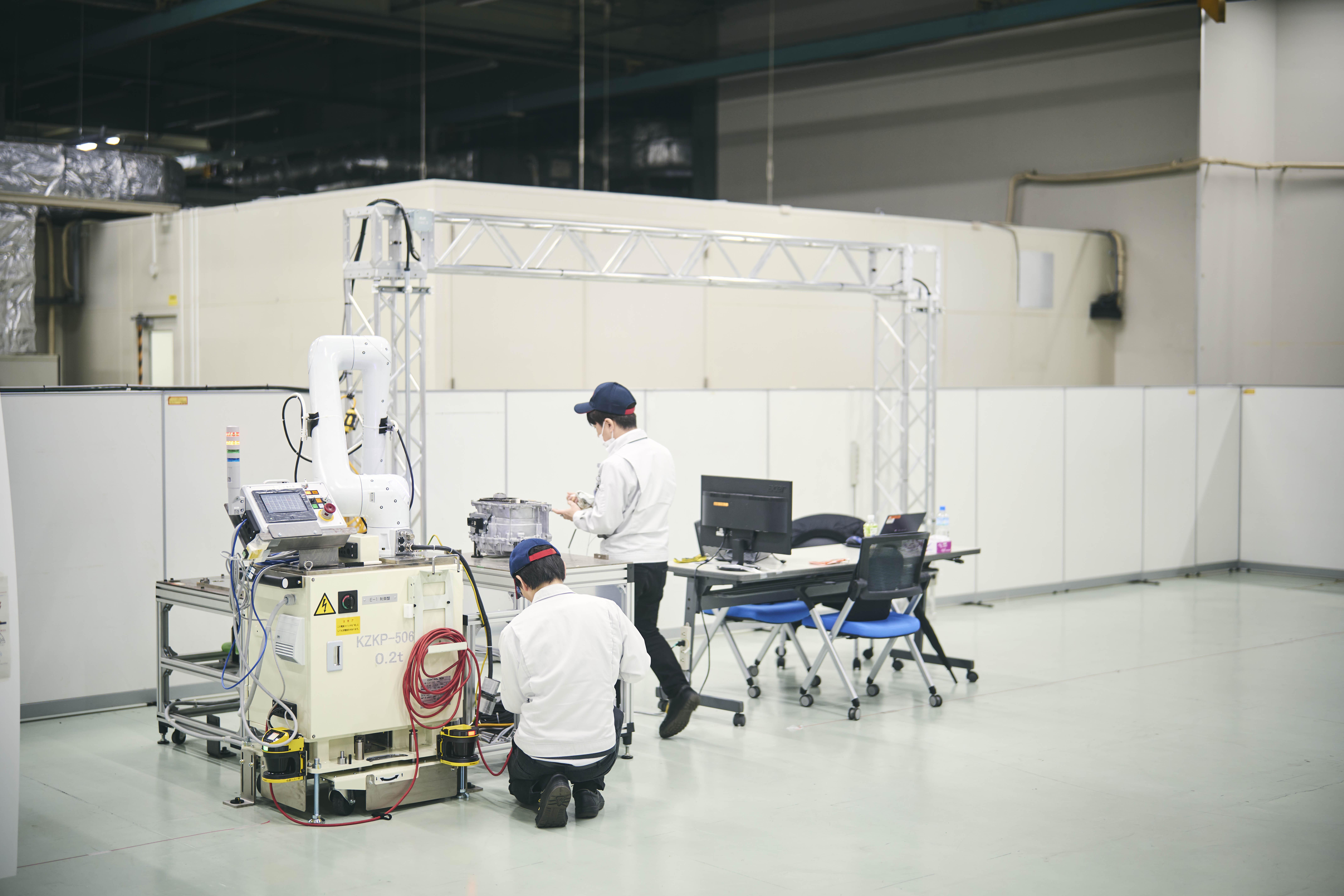
This is a series showcasing Toyota's research in non-automotive fields. This time, we delve into the world of... finger-making?!
The job of making robots better
With robots being rapidly developed and deployed around the world to work alongside humans, one concern is that safety evaluations have not kept pace. Mori tells his kids that his job is to “make robots better.”
To develop the dummy fingers, he began by teaming up with Nagoya University and its medical school. Together, they classified six types of potential finger injuries, from lacerations to contusions.
And since experimenting on real human fingers was out of the question, he ended up collaborating with Panasonic to develop a dummy version for testing lacerations.
Given the ethical problems of using human skin, the team experimented with pig skin, which closely resembles that of people, during the development process. The resulting dummy fingers have a natural springy feel that is just like the real thing.

Mori
We reproduced the elasticity of human skin with soft synthetic materials and also inserted a core that is the same thickness as our bones.
The design accounts for not just adult male fingers but also gender and age differences, including women and senior workers.

This being a one-person project, we asked Mori whether he experienced any internal conflict or ever struggled on his own. “Thanks to everyone’s cooperation, the R&D went smoothly,” he replied with a laugh.
In an era when robots are rapidly joining humans in the workplace, there is certainly a need for Mori’s dummy fingers, and he found the project immensely fulfilling.
Mori
People and robots are coming into closer contact with each other. I’m happy that I can contribute to a society where we live alongside robots safely and without worry.
Recently, I received a request from the department that makes tonneau covers, which separate a car’s cargo and passenger spaces, asking to conduct safety checks using our dummy fingers. I also want to go beyond the production genba to help improve passenger safety, for example, by testing the risk of fingers getting jammed in car doors.
Now available for general sale, the dummies are expected to find a wide range of global applications outside carmaking, such as in furniture design.
Compared to cutting-edge technologies, the fruits of this research may not be as immediately obvious.
Yet, with labor shortages set to worsen, these honest efforts to create happiness for others will contribute to a world where everyone, including women and the elderly, can work with confidence.

In helping hard-working people and their families, Toyota’s mission of “producing happiness for all” is delving into some unexpected territory.

